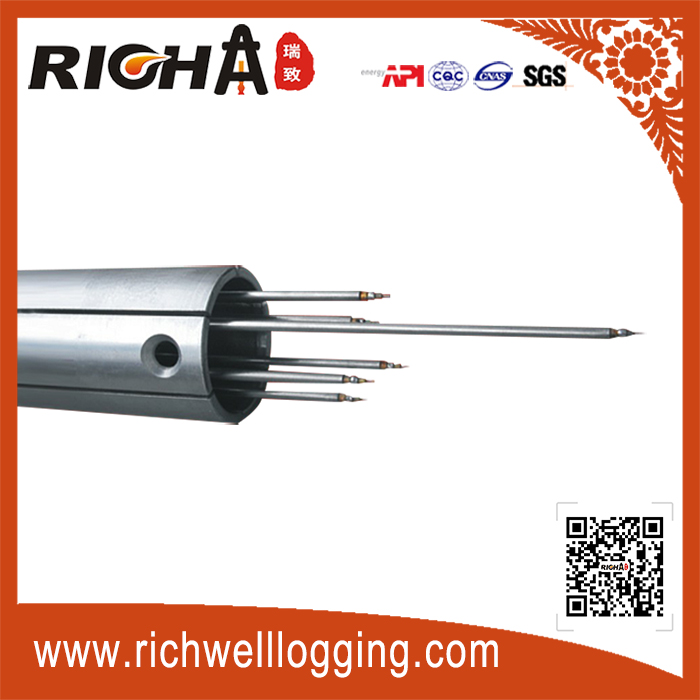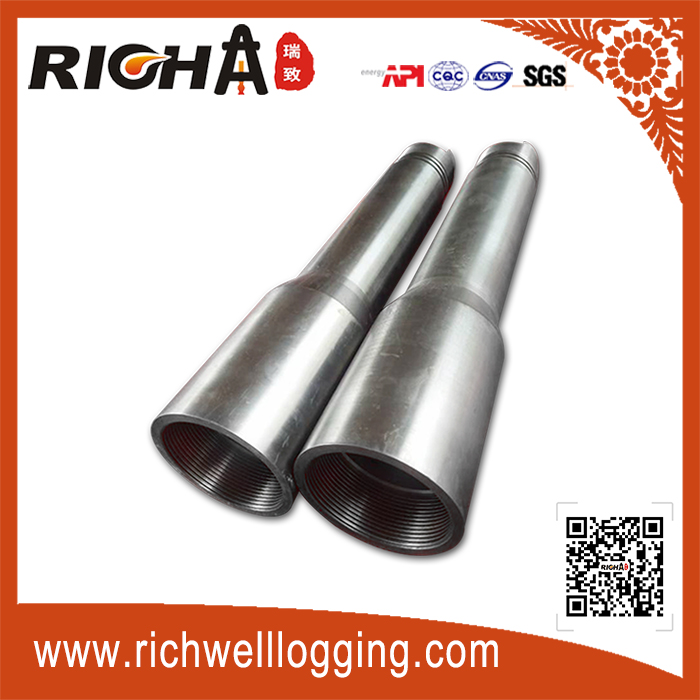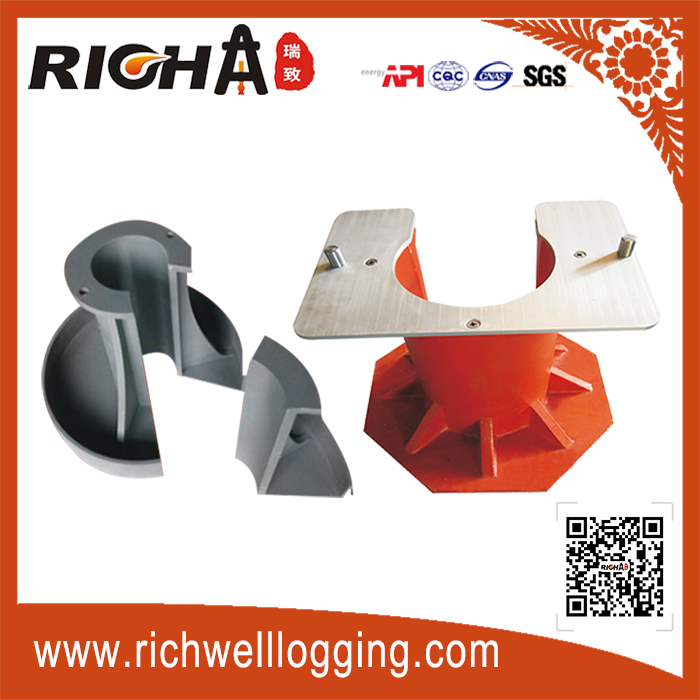Consultation Hotline:13629207777(WeChat Same Account)
Quality supervision:15229006666
After-sale service:029-86670108
Email:info@richwelllogging.com
Address:No. 388 Caotan 9th Road, Xi'an Economic and Technological Development Zone
Why Pultruded Carbon Beams Lead the Way: Thanks to These Advantages...
Among the commonly used manufacturing processes for carbon fiber wind turbine main beams, pultrusion stands out for its higher efficiency, lower cost, higher fiber content, stable quality, and ease of continuous, automated production, making it especially suitable for large-scale manufacturing.
Using pultruded carbon fiber plates to fabricate blade main beams allows them to be manufactured directly with the blades. The lay-up process is straightforward, and the production time is only half that of the traditional infusion process. However, this method places higher demands on airfoil design.
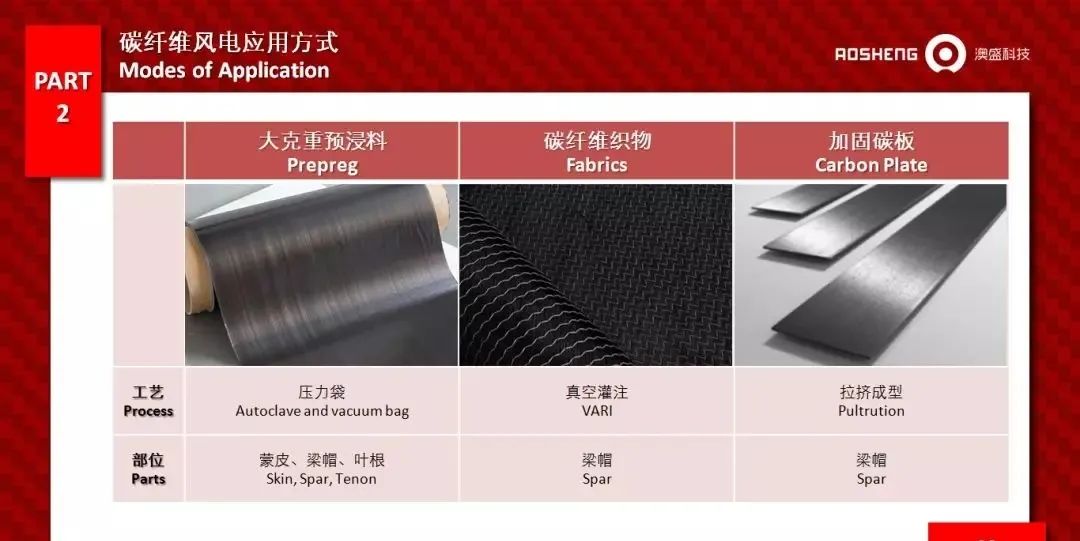
Different processes for manufacturing carbon fiber blade beams have been studied by many companies. As wind power continues to grow rapidly, and as the trend toward larger blades becomes more pronounced, the application of carbon fiber in wind turbine blades has become inevitable.
However, the differences among the three main processes are significant, making the choice of method a key consideration. (A comparison table from a company study illustrates this contrast.)
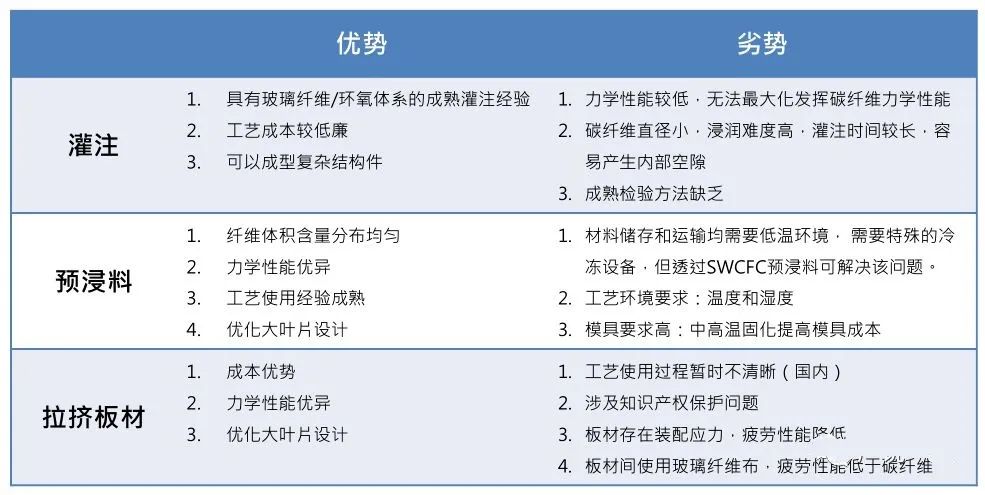
Overall, the use of pultrusion technology to produce carbon fiber composite plates for wind power applications has demonstrated clear advantages. This represents a major innovation in the carbon fiber industry, driving the advancement of carbon fiber use across the industrial sector.
- China National Petroleum Corporation Maintains Stable Operations in the First Half of 2020
- Downhole Fiber Optic Sensing AUT-F100 for Oil and Gas
- Drilling Fluid Drilling: A Critical Step in Oil and Gas Exploration
- Testing of Composite Insulators in Operation
- Criteria for Evaluating the Quality of Insulators




